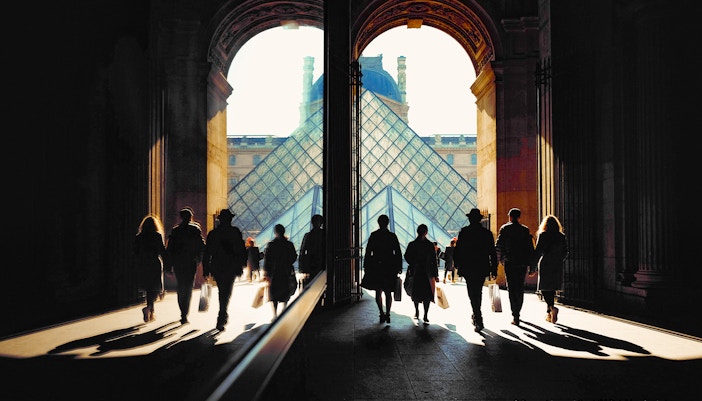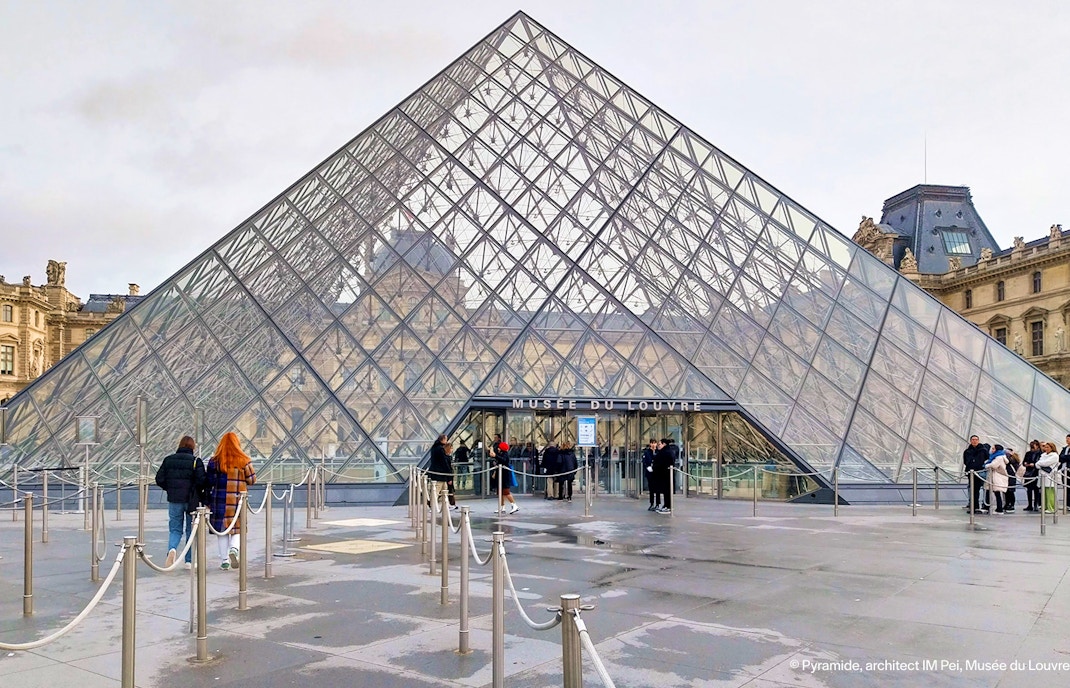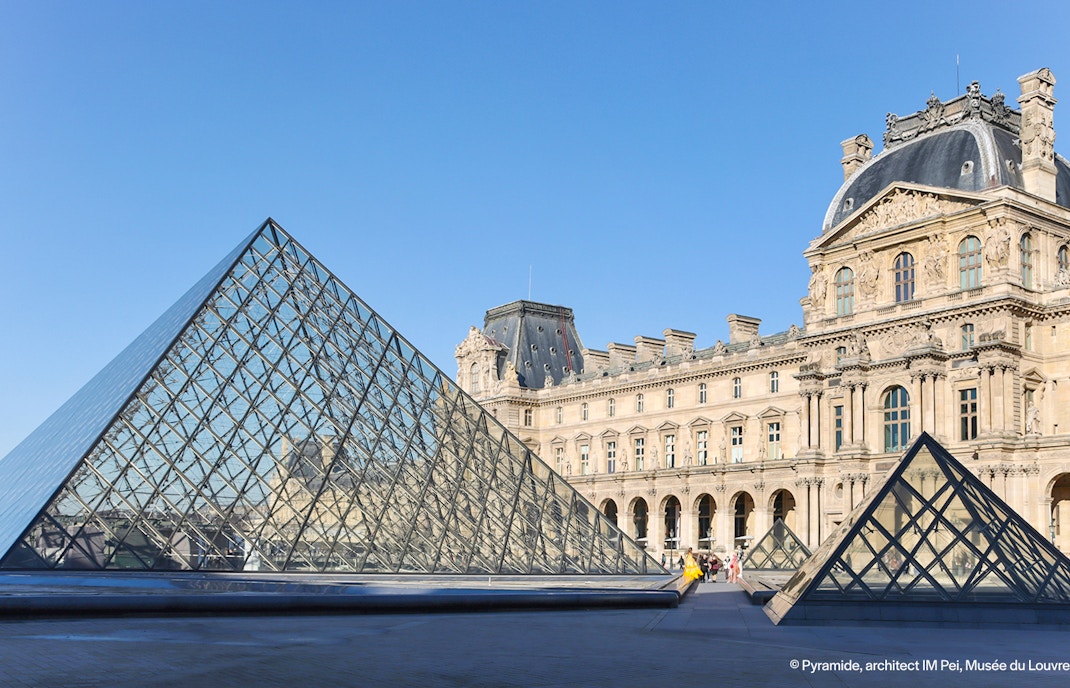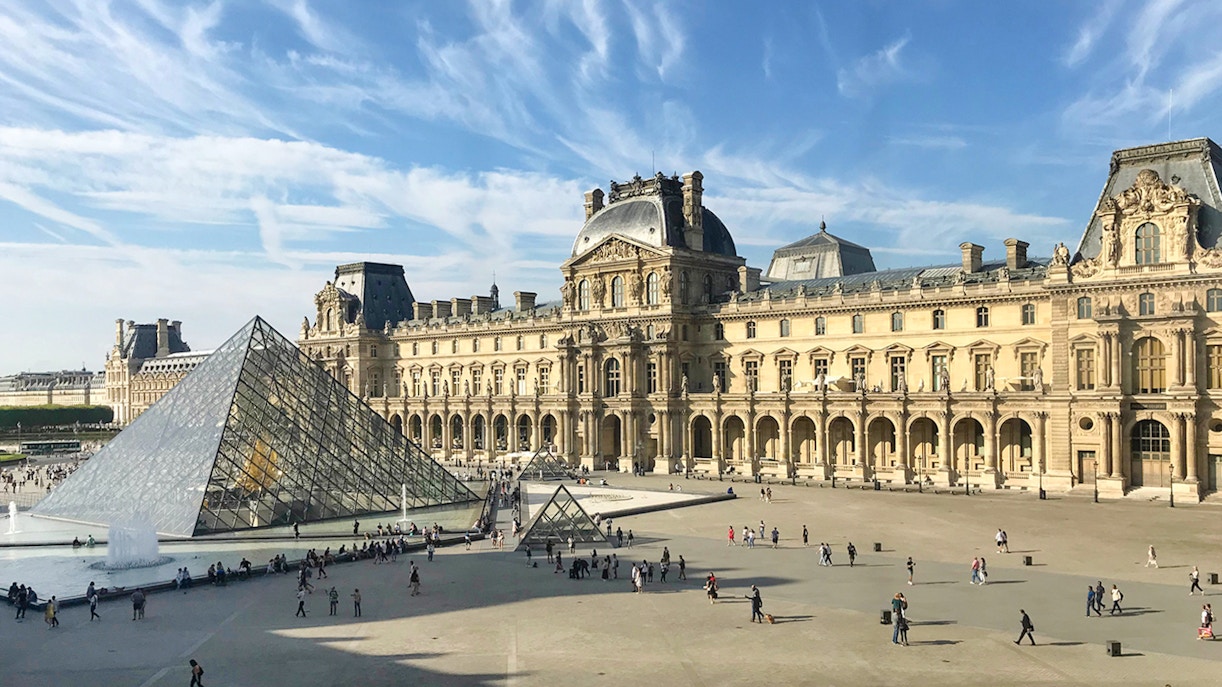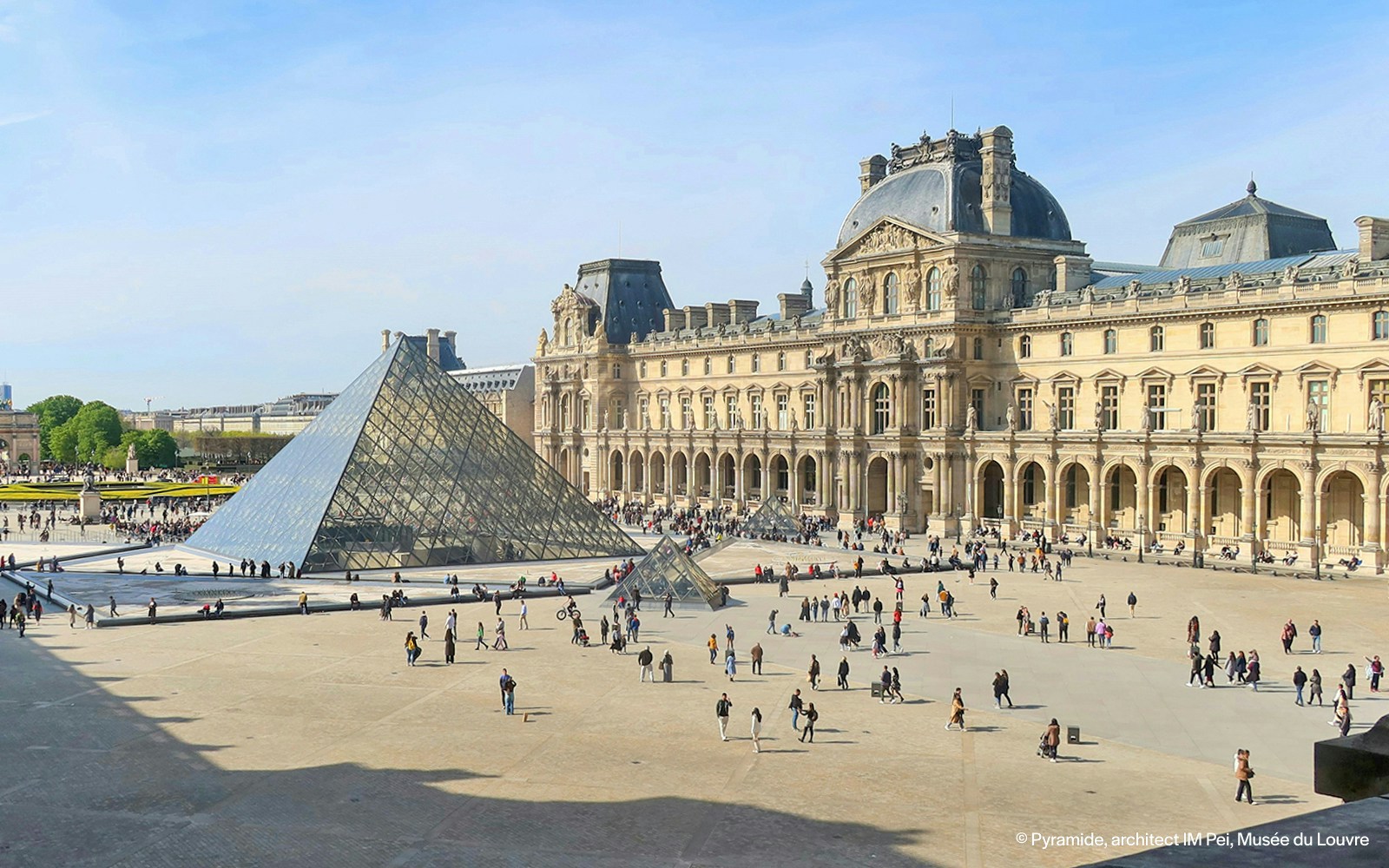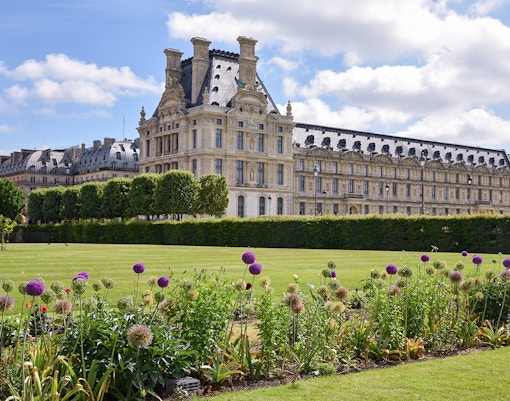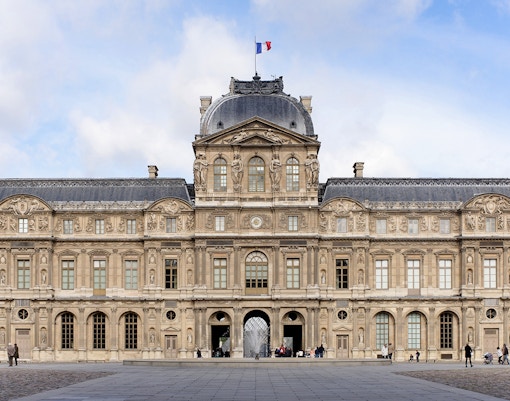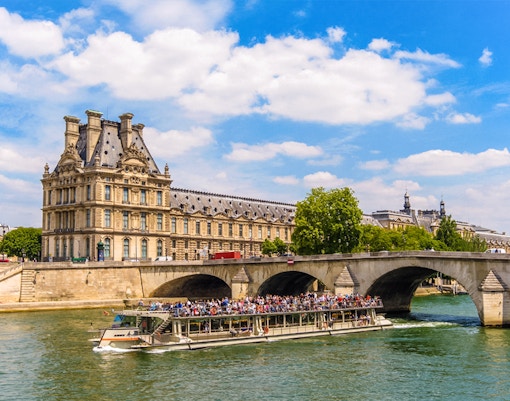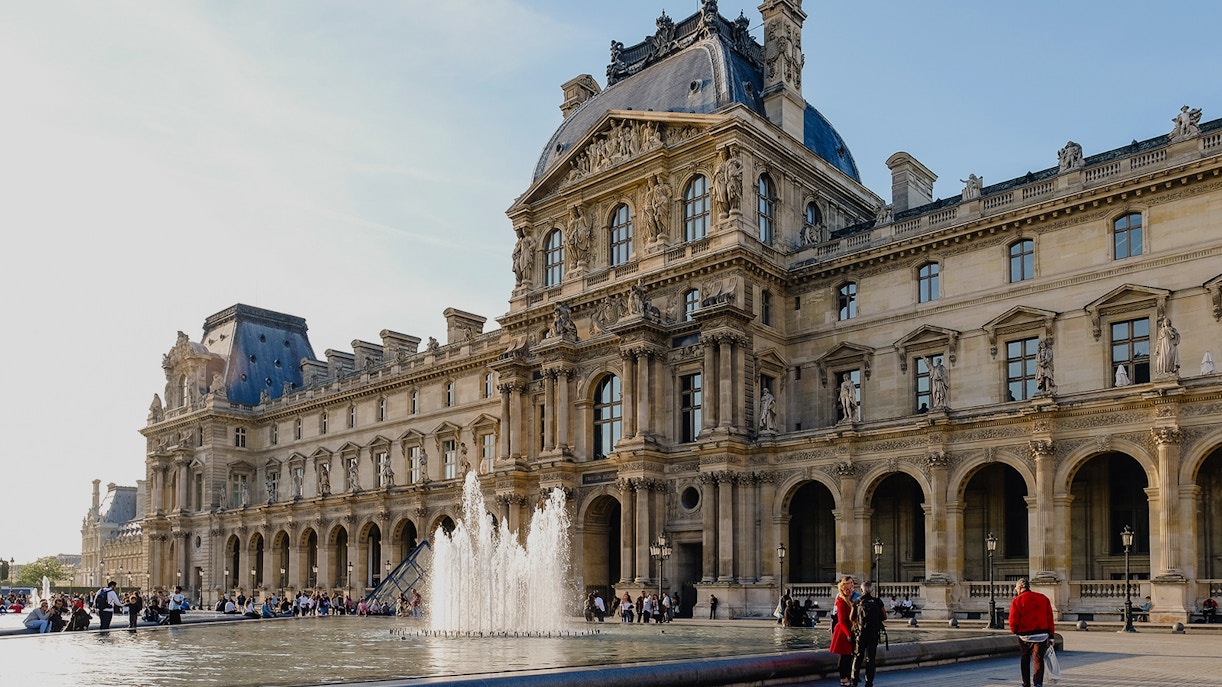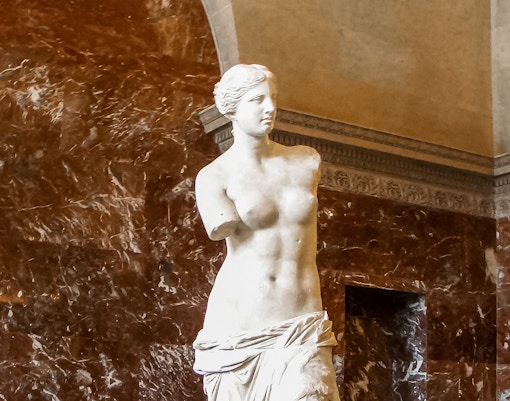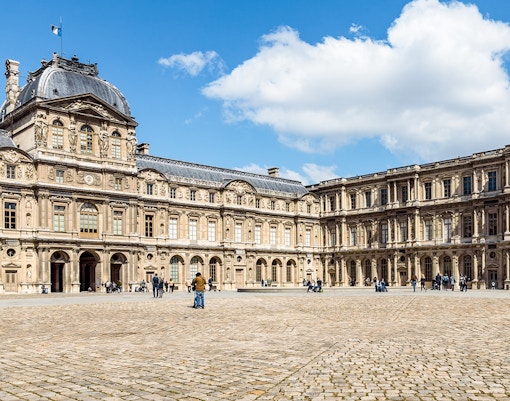The Louvre in the 1980s was not at all like the museum it is now. As the number of visitors increased and the museum became less equipped to handle them, the Grand Louvre project sought to modernize and enlarge the space.
The Grand Louvre Project
Consider the Louvre without its Pyramid, its underground retail complex, and its Richelieu wing, which the Ministry of Finance owned at the time. Well, it was never a part of the initial plan. Read on to see how it came into being. Napoleon III's architect, Hector Lefuel, created two small parks and a parking lot in the 19th century for the Cour Napoléon, where the Pyramid currently sits.
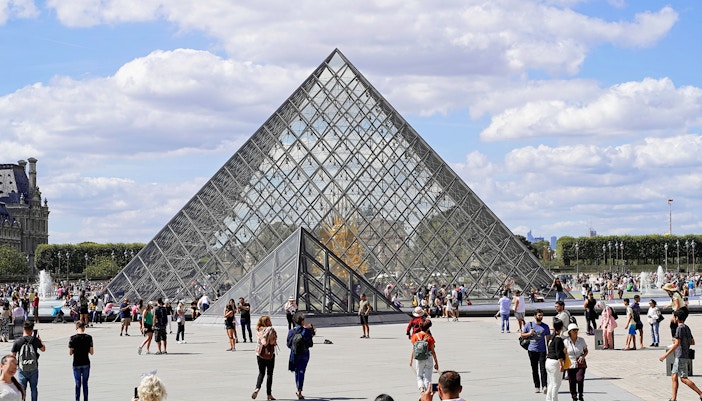
What is the Grand Louvre Project?
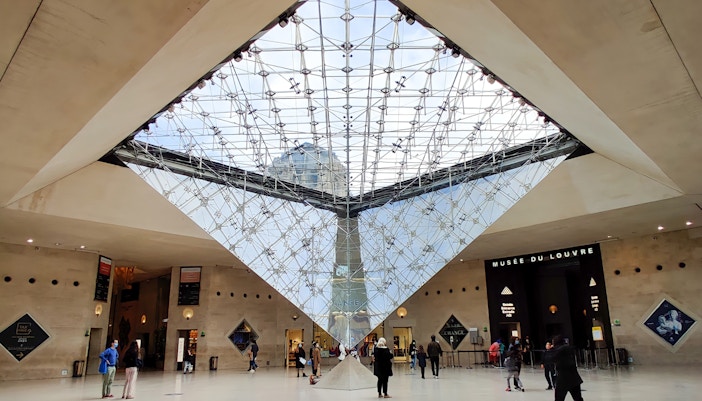
How was it executed?
